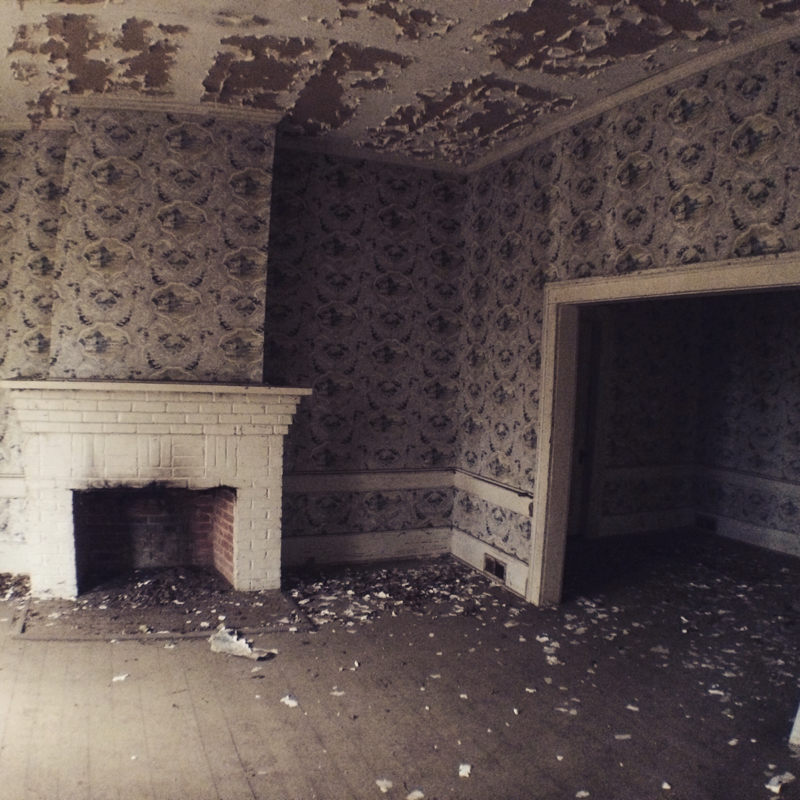So anyhow we drove down to the little town of Horatio, where we ended the last trek, and I and my two partners (my friend Michael and my ecologist Katie Winsett, joining the trek for the second segment) set out north, towards Camden.
The first thing we learned was that the Camden Chronicle-Independent, through the excellent work of reporter Jim Tatum, featured the Trek -- on the front page. Above the fold, no less. You need to be a subscriber to read it online; I'll see if I can't get permission to reproduce it here though.
The next thing was I got to introduce my friends to the Lenoir Store, open since at least 1808, which is one of life's great treasures; I would link to my post about it, but the Weebly app for the iPad is insane and I can't do that. Scroll down and you can easily find it. Michael took this awesome panorama of the store.
We walked today along the backroads that trace what would have been the trail highway serving the Indians of the Mississippian period. We visited the little town of Boykin, where we met broom-maker Susan Simpson, who's been making brooms for 45 years and who reminded us that we see a church every couple miles along the road not because people can't agree on which church or demonination to support but because when the churches were founded people had to walk there. So more than 5 miles between churches was a hardship. An amazing insight that I've totally missed until this point.
Boykin was settled in the 1740s (Simpson's broom shop is in a slave cabin from that period), but Camden, where we are staying the nights this trek in the Kershaw House (rebuilt and modeled exactly after a house left standing during the Revolution but burned during the Civil War), was the first inland town in South Carolina, settled in the 1730s as one of the townships along the rivers designed by the King to help the settlers expand out of Charleston and gather more of the best land for themselves. We are guests of the delightful Historic Camden; in addition, we'll have a nice meetup at 4 pm March 14 at Books on Broad. Newspapers, historic lodging, and bookstore hospitality -- Camden is treating the Lawson Trek well indeed.
The highlight of our day's walk today was several abandoned houses along our way. Lawson describes seeing abandoned homes and villages and he understood that he was traveling through an Indian culture that was reeling from the devastation of disease, rum, and displacement. In many ways we travel through a similar landscape, 300 years later -- a place of sometime abandonment, reeling from the effects of industrial farming and globalism. In town after town we meet people who tell us that the majority of their residents are retired; there's nothing to keep the young people around. Farms are often financially impossible to maintain for families, so enormous corporations control the land.
Simplistic to be sure, but the fact is as we walk these rural roads, as we visit these small towns, we cannot fail to feel that we are witnessing a culture reeling from blows it has not weathered well.
Here is a sampling of only a few of the abandoned places we visited today.






 RSS Feed
RSS Feed